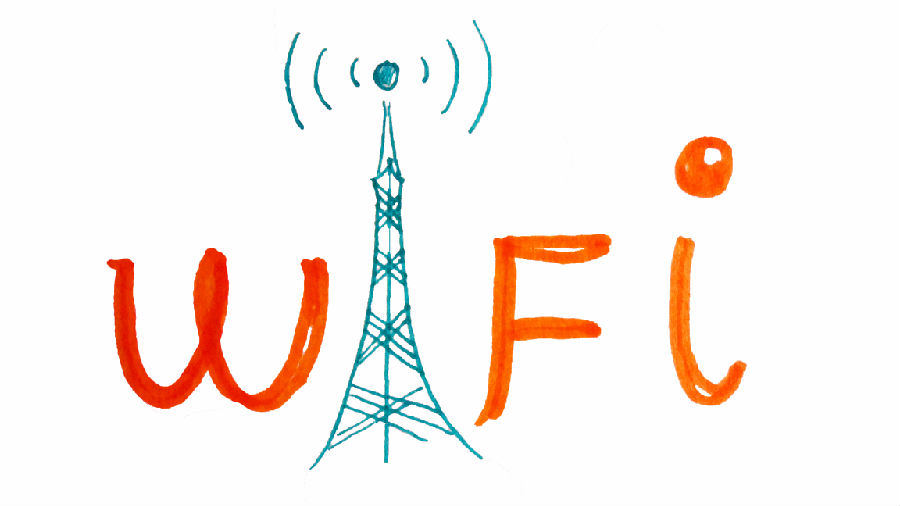
John Artman: Hello and welcome to this week’s Round Table’s Word of the Week. I’m John Artman.
Zhou Heyang: 我是赫揚(yáng)。歡迎來到這周的英語詞匯小百科板塊。這周我們來聊一聊Wifi這個(gè)詞。
John: The term “Wi-Fi” actually was commercially used at least as early as August, 2000 and was actually coined by brand consulting firm called Interbrand Corporation.
ZHY: 有人說Wi-Fi是Wireless Fidelity的簡稱。請問這是事實(shí)嗎?
John: No, actually, it’s not true. Interbrand Corporation was hired by the Wi-Fi Alliance because they needed a name that sounded better than the “IEEE 802.11b direct sequence.” And so what they did was they made a play on words. They said was that “Wi-Fi” is the standard for wireless fidelity. The term right now, Wi-Fi, has nothing whatsoever to do with fidelity.
ZHY: Okay, thanks for that explanation. But why is it called “Wi-Fi” and not “weefee?”
John: So, wireless fidelity. Again, it’s a play on the word “hifi” and then “Wi-Fi.”
ZHY: I guess you need to know the origin to understand how to pronounce it. 在使用Wi-Fi的時(shí)候,常常我們會提到“熱點(diǎn)”這個(gè)詞。我們應(yīng)該怎么說呢?
John: Right, and so, in English that’s “hotspot.” Basically, it’s just a wireless ess point that usually you use a router to connect to. And so, I think that many of our listeners also understand that a router is just a piece of equipment where you plug it in to the Internet and a wireless router will broadcast a Wi-Fi signal that you can use to connect to your other devices, too.
ZHY: John, 你說的是路由器吧。如果要是來使用移動設(shè)備共享互聯(lián)網(wǎng)連接,這個(gè)要怎么說呢?
John: In English, we call this “tethering.” The idea is is that you have a 3G or 4G enabled device, that can be a smartphone or a tablet with a 3G connection, and you can turn on something called “tethering.” That basically just turns your mobile device into a wireless hotspot.
That’s all the time we have, unfortunately, for this week’s Word of the Week. Thank you so much for joining us and don’t forget to tune in next time.











